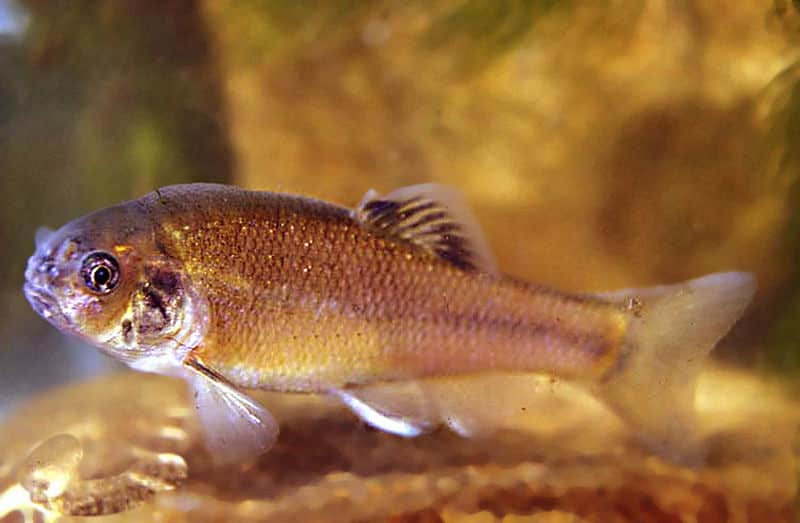Study: Birth Control Chemicals Can Harm Fish Populations
OutdoorHub Reporters 10.15.14

Are birth control pills a major threat to fish in polluted waterways? That is not a question that many people would ask, but researchers at the University of New Brunswick and elsewhere are diving into the problem and what they found may surprise you. According to a study recently published in the Philosophical Transactions of the Royal Society B, researchers say that even moderate amounts of estrogen from birth control pills, or 17α-ethynyloestradiol (EE2), can harm fish species, even as far as exterminating some fish entirely from bodies of water.
“It was really unexpected that they would react so quickly and so dramatically,” the study’s lead researcher, Karen Kidd, told The Canadian Press. “The crash in the population was very evident and very dramatic and very rapid and related directly to the estrogen addition.”
When leaked into water, the synthetic estrogen from birth control pills is what scientists call a “Endocrine-disrupting chemical.” Although it seems to have a minimal effect on algae, plankton, and other tiny critters, the chemical is harmful to many larger marine animals. In their study, researchers introduced synthetic estrogen into the Experimental Lakes Area facility in northwestern Ontario. The lake upon which they conducted their experiments had a pre-existing population of minnow, lake trout, sucker, and other fish species. In just a few years, researchers found that the chemical was responsible for an upheaval in the lake’s food chain by nearly destroying the local minnow population.
“Recruitment of fathead minnow (Pimephales promelas) failed, leading to a near-extirpation of this species both 2 years during (young-of-year, YOY) and 2 years following (adults and YOY) EE2 additions,” stated the study.
Scientists also found direct effects of the chemical, such as decreased body mass, on male lake trout and both male and female sucker as well. The loss of the lake’s vast majority of minnow also caused further problems for the predators who depended on them for food. Perhaps most strangely, researchers found that the male lake trout began changing sex.
“Right away, the male fish started to respond to the estrogen exposure by producing egg yolk proteins and shortly after that they started to develop eggs,” Kidd said. “They were being feminized.”
Kidd and her fellow researchers added that the study points to the powerful effects of chemical pollutants in water, which can be mitigated through better wastewater treatment practices and stricter regulations. It took years for fish populations in the experimental lake—especially the minnows—to rebound. The researchers further explained that the study only focused on one aspect of how synthetic estrogen can effect an ecosystem, and has not taken into account the more wide-ranging consequences that chemical pollution may have.

